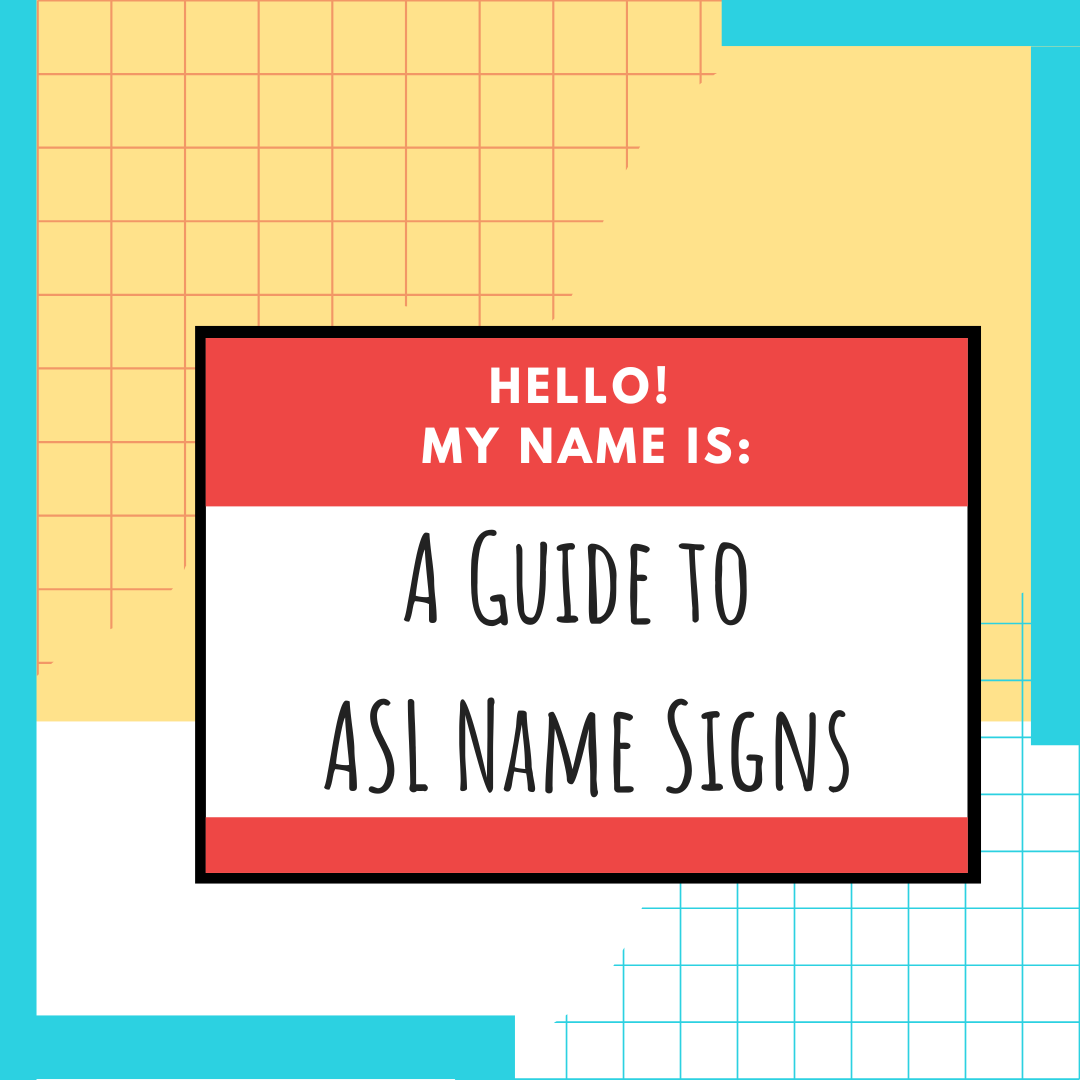
Two Technologies to Help the Hearing Impaired
- by Megan Clancy

by Lakin Getz | 29 September 2021
Many technological advances have been made throughout the history of deafness. This technology can help everyday life, specific activities, and interpreting. Two new areas of technology advances have developed in hearing aids and cochlear implants. While these two are both used as a part of a person’s physical body, they are different in that hearing aids are removable, and cochlear implants are surgically implants.
Hearing aids are one major technological advantage for people who are deaf. Hearing aids do not cure deafness, but can help pick up sounds and frequencies. They can help deaf people be aware of speech and other sounds around them. Some hearing aids let the user choose the sound to focus on (Manning). For profound hearing loss, behind the ear hearing aids are normally prescribed, which are more powerful than other designs (Best Hearing Aids . . .).
There are three main in-the-ear hearing aid styles, with advantages and disadvantages to each one. Invisible in the canal (IIC) or also known as completely in the canal (CIC), are placed deeply in the ear. IIC are mostly fit for mild to moderate hearing loss. CIC hearing aids are very similar, but they are not as deeply placed in the ear. Advantages include discreetness and good sound quality. Among the disadvantages are that they are vulnerable to ear wax and moisture and they may be difficult to connect via Bluetooth because of their small size. In the canal (ITC) hearing aids are slightly larger and may be easier to use. ITC hearing aids can be still considered as discreet and have more features than CIC and IIC. Hearing aids can be fit or chosen for the user. In any hearing circumstance, the right style and quality can be identified for hearing loss or deafness (Hearing aid types and styles).
Cochlear implants are another type of technology device that helps people who are deaf. These small hearing devices are used when hearing aids do not provide the clarity needed to comprehend speech. Cochlear implants electrically stimulate the cochlear nerve to allow hearing. Cochlear implants have an outer part that sits on the outside of the ear, while the internal part sits under the skin behind the ear. Wires run from the part inside the skin to the cochlear nerve picking that sends sound information to the brain. Cochlear implants differ from hearing aids, because hearing aids make sound louder, while cochlear implants help to let the user understand speech better. During the surgery, an incision is made behind the ear and the mastoid bone is opened up. The small electrodes from the device are placed in the cochlea. After surgery, training and therapy will be utilized. Learning to take care of the implant, interpreting the electrical signals, and how to communicate with these new skills are things to consider about implants (Cochlear Implant Surgery).
These two areas of hearing technology have significantly impacted people with hearing impairments. Over 736,500 cochlear implants have been implanted worldwide (Quick Statistics About Hearing). Only 16% of the United States wears hearing aids while over 28.8 million could benefit (Quick Statistics About Hearing). These hearing advancements have changed many lives and are developing and only getting more popular.
Work Cited
Manning, Marta. “Can a Deaf Person Hear With a Hearing Aid?” WebMD. 27 Jan., 2021.
https://www.webmd.com/connect-to-care/hearing-loss/can-a-deaf-person-hear-with-a-heari
Best Hearing Aids for the Profoundly Deaf. Orange County Physician’s Hearing Services.
Accessed 27 Sept., 2021.
https://physicianshearingservices.com/blog-posts/best-hearing-aids-for-severe-to-profound-
National Institute on Deafness and Other Communication Disorders. “Quick Statistics About
Hearing.” Accessed 30 Sept., 2021.
https://www.nidcd.nih.gov/health/statistics/quick-statistics-hearing
Victory, Joy. “Hearing Aid Types and Styles.” Healthy Hearing. 16 June., 2021
https://www.healthyhearing.com/help/hearing-aids/types
John Hopkins Medicine. “Cochlear Implant Surgery.” Accessed 30 Sept., 2021
https://www.hopkinsmedicine.org/health/treatment-tests-and-therapies/cochlear-implant-surgery
Start Learning ASL Today!
 Ready to start learning real American Sign Language and not just basic signs? Do you want to be a part of the vibrant Deaf community? Check out our Free ASL 1 Course or our Complete 4-Level ASL Course options and start learning ASL today!
Ready to start learning real American Sign Language and not just basic signs? Do you want to be a part of the vibrant Deaf community? Check out our Free ASL 1 Course or our Complete 4-Level ASL Course options and start learning ASL today!








